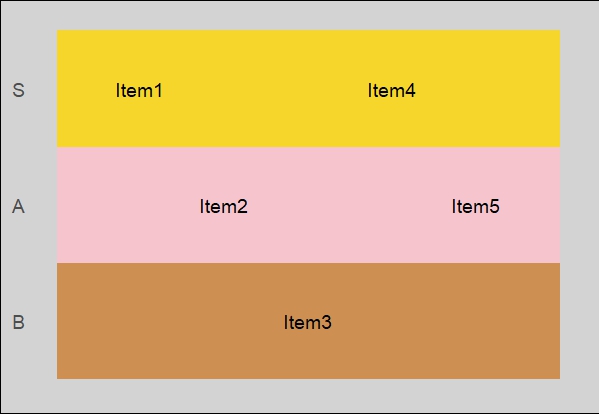Module # 13 Shiny Web App

Creating My Own Package in R via RStudio 1) This week I learn about Shiny, a product from R that allows us to create web applications in R itself. This is a very powerful tool that uses client-server communication, HTML, layout and JavaScript programming to make web applications. This however is not what we will be using today complete our assignment. This week I will be creating my own R package that will be available via my GitHub. 2) I will be creating an R package that will allow users to create their own tier list in RStudio. This will help visualize what variables or objects are more important than others in rank. Users will be able to (hopefully) rank variables or other information in their data to help explain how things are ranked on a arbitrary scale according to the audience in mind. Such as creating a tier list of books based off of how much they sold, their reviews, or what genres are better. It can use objectively to reorganize the audiences focus or used to s...
